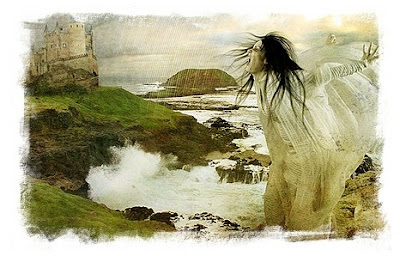
Hi to all, Well with summer nearing its end, and the harvest is well underway--> Which is my favorite time of year. I thought I would start with a bit of lore about the legendary "BANSHEE".
Also I have felt like this mystical being here lately and maybe on occasion looked like her to some??? So please enjoy the tids and bits about the elusive Banshee...
Sparkles Bee
The Banshee from the Irish; "Bean sí " usually seen as an omen of death and a messenger from the Otherworld.
Her Scottish counterpart is the "Bean shìth" (also spelled bean-shìdh). Both meaning "Woman of the fairy mounds" or "Woman of peace".
In Irish legend, a banshee wails around a house if someone in the house is about to die. There are particular families who are believed to have banshees attached to them, and whose cries herald the death of a member of that family. Traditionally, when a citizen of an Irish village died, a woman would sing a lament (in Irish: caoineadh, or "caoin" meaning "to weep, to wail") at their funeral. These women singers are sometimes referred to as "keeners" and the best keeners would be in much demand. Legend has it that, for five great Gaelic families: the O'Gradys, the O'Neills, the O'Briens, the O'Connors, and the Kavanaghs. The lament ( a expression of grief) would be sung by a fairy woman; having foresight, she would sing the lament when a family member died, even if the person had died far away and news of their death had not yet come, so that the wailing of the banshee was the first warning the household had of the death.
In Old Gaelic legend, music and poetry were said to be fairy gifts and poetry were said to be fairy gifts and the possession of these was said to show a fatal kinship with the 'Duine Shee', or people of the spirit race. Carolan, the great Irish harper - (so runs the story) - obtained some of the wildest and most beautiful music through hearing the fairy harpers play while lying asleep in the moonlight on a fairy mound.
The Banshee is believed to be an unearthly attendant on the ancient families of Ireland, the true descendants of the noble Gaelic race - those who have the Mac and O to their names - for:
By Mac and O You'll always know True Irishmen they say'. But if they lack The O and Mac, No Irishmen are they'. And the families with the old names of the chieftains of the Gaels, such as the O'Neills, the O'Donnells, the O'Connors, the O'Learys, the O'Tools and the O'Connaghs, each had their banshee whose cry, when heard by any of them, was a forewarning of death.
In Ireland, those persons who have the gifts of music and song are, it is said, watched over by the spirits; one the Spirit of Life, which is prophecy, such persons are said to be 'fey' and to have the gift of the second sight; the other, the Spirit of Doom, which is the reveler of secrets of misfortune and death, and for this dread messenger another name is the Banshee.
The wail of the Banshee is a peculiarly mournful sound that resembles the melancholy sound of the hollow wind, and having the tone of the human voice, and is distinctly audible at a great distance.
She is usually presented as a small though beautiful maiden, dressed in the fashion of Ireland's early ages who, with her mournful and melancholy cry, bewails the misfortune about to fall on the family she loves.
It has been stated by some writers that the Banshee was actuated by a feeling inimic to the person lamented. This, however was not the opinion of the people of an earlier day in Ireland.
Their belief was that the Banshee was the friend of the family she followed, that she at one period enjoyed life and walked the earth in the light and shadow of loveliness and immortality.
The very fact of the unearthly creatures always crying their sweet, sad song of sorrow at some misfortune bears this out, for if otherwise than a friend, why should her song not be one of rejoicing instead of lamentation? When the caoine of the Banshee was heard in the vicinity of the house of any old Gaelic family, it was at once felt that misfortune or death awaited some member of it.
Instances have been quoted of every member of a family having been in vigorous health when the cry of the Banshee was first heard, but before a week had elapsed someone had been accidentally drowned or killed or had met sudden death in some fashion.
It is well to remember that the Banshee belongs exclusively to the Celtic race. She is never heard bewailing the approaching demise of any member of the other races composing the population of Ireland.
An old Irish poem refers to the appearance of the Banshee in the morning:
'Hast thou heard the Banshee at morn, Passing by the silent lake, Or walking the fields by the orchard? Alas! that I do not rather behold White garlands in the hall of my fathers.
'while it is on record that the Banshee has been heard at noon, she is, however, rarely seen or heard by daylight. Night is the time generally chosen by her for her visits to mortals:
The Banshee mournful wailsIn the midst of the silent, lonely, lonely night,Plaining, she sings the song of death
A great chamber that overhangs the wild Atlantic waves, in the old ruined castle of Dunluce, where it sits on its rock above the green sea water of the Antrim coast, is said to be the home of the Banshee of the O'Donnells.
Here winter nights, through the old dark roofless ruin above the roar of the great storms, that come raging down from the far north, may be heard, it is said, the weird cry of the Banshee lamenting for the fallen fortunes of the great house, and for Ireland's want through her bitter loss - the scattered Chieftains of the Gael.
By Lough Neagh's shore, hard by Edenduff-Carrick, the Black Brow of the Rock, the ruined walls of the O'Neill's Castle still sit above the grey lake water where once in all his pride of power and ownership dwelt one of Ireland's most power Chieftains, the great O'Neill.
Here, from time immemorial, when any misfortune threatened one of the grand old race, the cry of the Banshee of the O'Neills would be heard throughout dark woods of Coile Ultagh away over the grey waters of Lough Neagh, and along the walls of the old castle echoing in the great vaults underneath and wailing over the graves of the great O'Neills.
Maeveen was the name that was on the Banshee of the O'Neills. She was some times seen as well as heard, and the form she usually assumed was that of a very old woman with long white locks falling down over her thin shoulders.
The Banshee was also very shy of encountering the eye of a mortal. The slightest human sound borne on the breeze of twilight drove her from sight and caused her to disappear like a thing of the mist.
Moore, in his beautiful song, asks:'How oft has the Banshee criedHow oft has death untied,Bright links that glory move,Sweet bonds entwined by love.'
One of the strangest Banshee stories of all had its beginning in Dublin - at 2.30 am on 6th August, 1801, when Lord Rossmore, Commander-in-Chief of the British forces in Ireland, died at his home.
The evening before he had attended a vice-regal party in Dublin Castle. To the people he met there, including Sir Jonah and Lady Barrington, he seemed in the best of health, and stayed at the party until near midnight. Before leaving, he invited the Barringtons to join a party he was holding in his house at Mount Kennedy, Co Wicklow. In fact for a man of his background and position, he had spent a fairly ordinary evening - one that seemed to contain no hint at all of the strange things to come.
At two o'clock in the morning, Sir Jonah Barrington awoke and heard what were described as 'plaintive sounds' coming from outside the window, from a grass plot underneath it. He was to remember the Banshee-like sounds all his life. Lady Barrington heard the sounds, too, and so did a maid. Finally, at 2.30 am., Barrington heard a voice call 'Rossmore! Rossmore! Rossmore! and then there was silence. Next day, the Barringtons were told that Lord Rossmore was dead. His servant had heard strange sounds coming from his room, and rushing in, found him dying. He died at 2.30 am.
'Lord Rossmore was dying at the moment I heard his name pronounced', Sir Jonah wrote later.
It was a most terrifying experience from Sir Jonah. To the Irish staff, however, it was no mystery, for they knew it was the Banshee Barrington had heard.
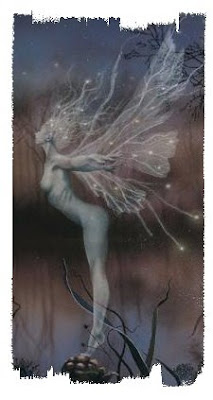.jpg)





.jpg)
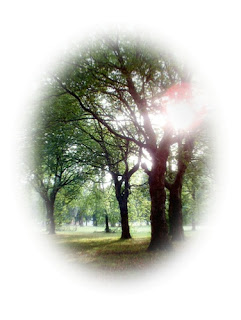
.jpg)



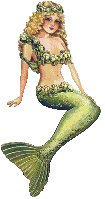.gif)
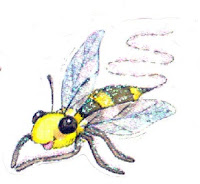.jpg)
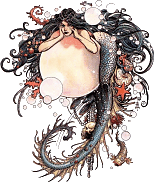
.jpg)
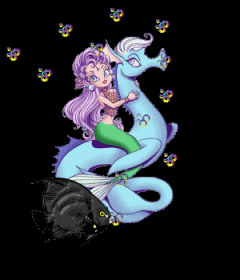.gif)

.jpg)